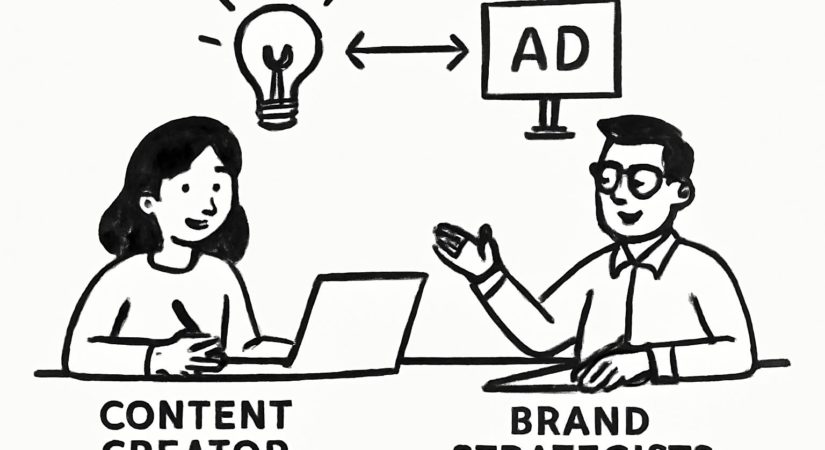Patrick Whitnall, managing director of the Australian Influencer Marketing Council (AiMCO), emphasizes the importance of staying connected to culture and consumer trends. With social media’s rise since the 2010s, strategists began using social platforms to gauge audience conversations. Today, creators play a similar role but engage directly with their communities, offering real-time insights rather than relying solely on research.
Sophia Tassew, creative at Impero London, highlights a shift in how agencies view creators. While platforms like YouTube, TikTok, and Instagram now generate more ad revenue than traditional media, many agencies still treat creators as mere content deliverers. Tassew argues creators are not just content producers but savvy audience experts with immediate feedback through comments, acting as a constant focus group. She urges brands to see creators as genuine creative partners to succeed culturally.
Louna Raad, social media manager at Bright Blue Day UK, notes creators have long filled strategic roles beyond simple content creation. Creators often correct flawed assumptions in briefs shaped by those removed from online audience behavior. Involving creators early, with business objectives in mind, results in campaigns that resonate authentically and perform well natively on social platforms.
Hayden Scott, executive creative director at Virtue Asia, describes a power shift from traditional influencer marketing to creator-led storytelling. He cites the example of Tira, an Indian beauty platform that involved creators from the start to shape voice, tone, and formats. This approach produces campaigns driven by originality and ongoing relevance, rather than just reach. In India, brands increasingly blend commerce with creator-driven content, launching campaigns originating from the creators themselves.
Ansley Williams, head of influencer at Ogilvy North America, observes that creators are now included in focus groups and creative planning due to their close connection to audience sentiment. The most valuable insights often come directly from creators’ interactions rather than traditional research, making early collaboration key to unlocking creators as strategic partners rather than mere executors.
Patrick Zappia, head of creative at Affect, points to practical benefits like low-cost iteration through multi-post partnerships, allowing for real-time testing until campaigns go viral. Many creators succeed with high engagement from modest settings like their bedrooms, representing an underutilized resource. Olivia Rotondo from Alkemy X stresses that creators’ community knowledge helps brands understand audience language, trends, and motivations to produce relevant content, especially when working with niche and micro-influencers who have authentic connections.
David Weinstein, head of strategy at Only Child, argues that while creators excel at campaign-level thinking, sustainable growth needs a long-term approach combining creators’ instincts with publishers’ strategies. This shift signals a broader change in how brands connect with culture.
Tom Sneddon, co-founder of Supernova, explains that traditional marketing’s rigid lanes are dissolving as audiences seek authenticity and transparency. The rise of creators as strategists is advancing rapidly, presenting opportunities for brands willing to adapt. According to Rachel Matovu of Amplify, brands must engage creators not just for influence but for strategic insights that foster genuine community building. Successful campaigns leverage creators as partners to remain culturally relevant and sustain impact beyond viral moments.
